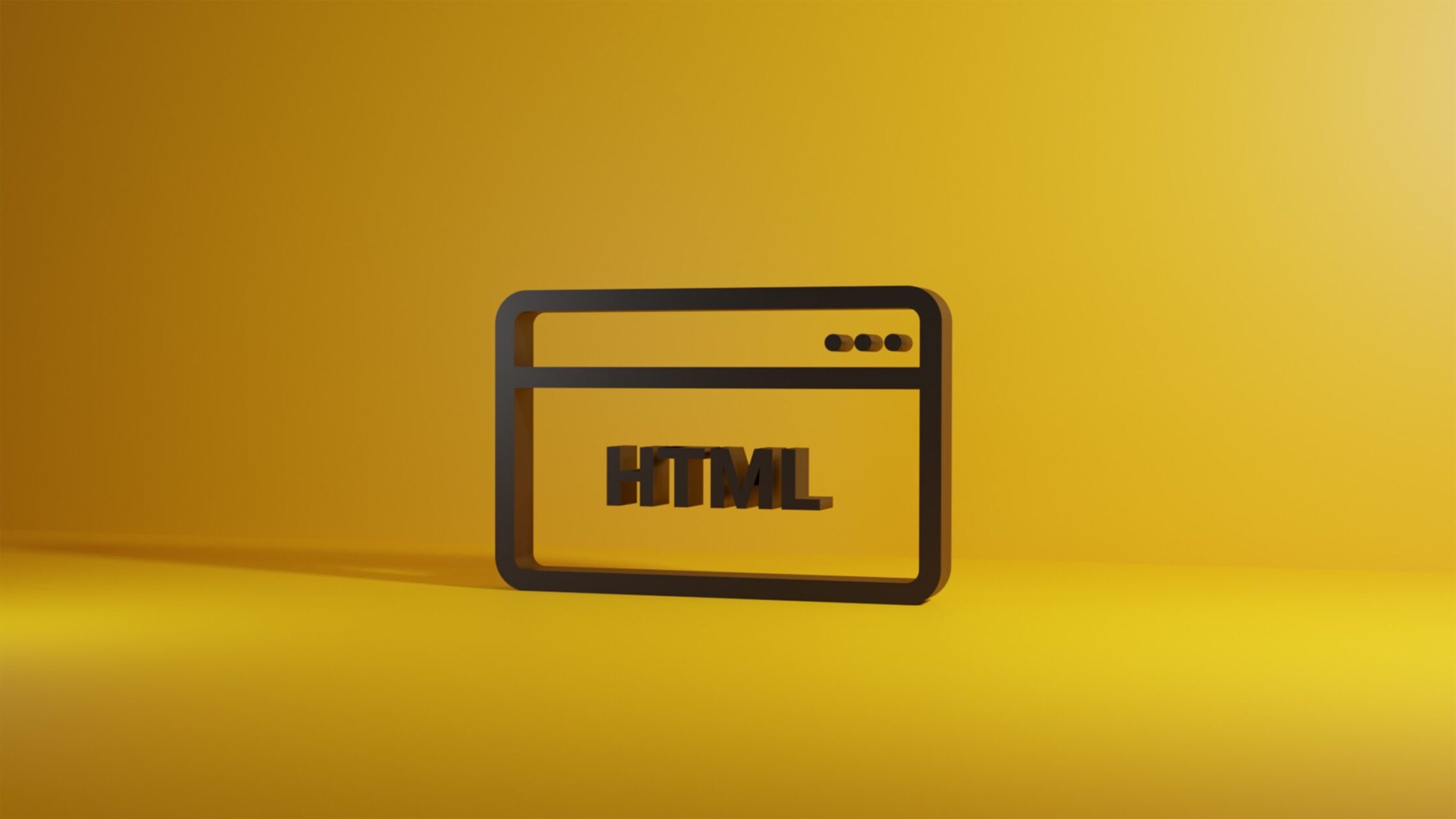DayDreamWrites
We are Thrilled to get Amazing Food Recipes to You.


HTML vs HTML5, HTML stands for Hypertext Markup Language and is the standard markup language used for creating web pages. It is used to structure and present content on the World Wide Web. HTML is made up of a series of elements, each with its own set of attributes, that define how the content should be displayed in a web browser.
HTML documents are written in plain text and consist of a series of tags, enclosed in angle brackets, that describe the structure and content of the document. For example, the following HTML code creates a heading:
css
Copy code
This is a heading
The tag specifies that the text inside it should be displayed as a level-one heading. Other commonly used HTML tags include for paragraphs, for unordered lists, for ordered lists, and for images.
HTML also supports the use of CSS (Cascading Style Sheets) and JavaScript to enhance the presentation and interactivity of web pages. By using a combination of HTML, CSS, and JavaScript, web developers can create complex and dynamic web pages with interactive elements, such as dropdown menus and pop-ups.
In conclusion, HTML is an essential tool for anyone looking to create a website or web-based application. With its simple structure and powerful capabilities, HTML provides a solid foundation for web development and has been widely adopted as the standard for web design and development.

HTML VS HTML5 : what is the difference
HTML and HTML5 are two versions of the Hypertext Markup Language used for creating web pages. While both versions have the same basic purpose of structuring and presenting content on the web, HTML5 offers several new features and improvements over its predecessor, HTML.
HTML was first introduced in the 1990s and has since become the standard for creating web pages. However, as the internet and web technologies have evolved, so has the need for a more robust and versatile markup language. This is where HTML5 comes in.
One of the biggest differences between HTML and HTML5 is the support for multimedia content. HTML5 includes new elements, such as and , that allow for native multimedia support without the need for plugins like Flash. This makes it easier to embed videos and audio on web pages and improves the user experience.
HTML5 also introduces new semantic elements, such as , , and , that help to improve the structure and accessibility of web pages. These elements provide a clear and consistent structure for web pages, making it easier for both humans and machines to understand the content and purpose of a web page.
In terms of performance, HTML5 offers improved parsing, rendering, and execution speeds compared to HTML. This means that web pages built with HTML5 can load faster and provide a smoother experience for users.
Another key difference is that HTML5 is designed to be more mobile-friendly. With the increasing popularity of smartphones and tablets, it is important for web pages to be easily accessible and readable on smaller screens. HTML5 includes features, such as responsive design and touch events, that make it easier to create web pages that work well on all devices.
In conclusion, HTML5 is a more modern and versatile version of HTML that offers a range of new features and improvements over its predecessor. Whether you are a web developer, designer, or just looking to create a simple website, HTML5 provides a powerful and flexible platform for creating and presenting content on the web.
Why Learn HTML


HTML (Hypertext Markup Language) is a crucial building block for creating websites and web applications. Whether you are a designer, developer, or just looking to create a personal website, learning HTML can provide a range of benefits and open up new opportunities for you. In this blog, we’ll discuss some of the key reasons why you should learn HTML.
Understanding the Foundation of the Web: HTML is the standard markup language used for creating web pages and is the foundation of the web. By learning HTML, you’ll gain a deeper understanding of how web pages are constructed and how they work.
Building Your Own Websites: With HTML, you’ll be able to create your own websites and web pages from scratch. Whether you’re building a personal portfolio, a blog, or a full-fledged web application, HTML provides the tools you need to get started.
Improving Your Design Skills: HTML provides the basic structure and layout of a web page, and with CSS, you can enhance the presentation and style of your pages. By learning HTML and CSS together, you’ll be able to create visually appealing and engaging web pages.
Creating Dynamic and Interactive Websites: HTML5 includes new elements, such as and , that allow for native multimedia support, and JavaScript can be used to add dynamic and interactive elements to your web pages. By combining HTML, CSS, and JavaScript, you’ll be able to create truly dynamic and interactive websites.
Career Opportunities: As the internet continues to grow and evolve, the demand for skilled web developers and designers is only increasing. By learning HTML, you’ll be able to enter the field of web development and take advantage of the many job opportunities available in this rapidly growing industry.
In conclusion, HTML is an essential tool for anyone looking to create a website or web-based application. With its simple structure and powerful capabilities, HTML provides a solid foundation for web development and is an important skill to have in today’s digital world. Whether you’re a beginner or an experienced web developer, learning HTML is a valuable investment in your career and personal growth.